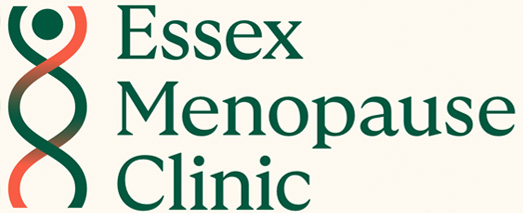HRT
HRT
The most successful treatment for menopausal symptoms is Hormone Replacement Therapy (HRT). The treatment aims to replace the naturally occurring hormones which decline during menopause. There are many different types of HRT, and because every woman is an individual, the treatment should be tailored to her specific needs. There’s no such thing as a ‘one size fits all’ HRT.
Types of HRT
HRT comes in different forms:
HRT Hormones
If a woman has had a hysterectomy to remove the womb then she could be treated with oestrogen-only HRT.
If you are still having periods or it has been less than a year since your last period, then HRT is given in a “cyclical” or “sequential” way which means you have oestrogen every day and progestogen for 12-14 days a month. This will cause a regular bleed.
Sometimes testosterone is added into an HRT regime if low libido (sex drive) remains a problem after the other symptoms of HRT have been treated.
There is another available synthetic hormone called Tibolone which can be used in women whose last period was over a year previously. It acts like a combination of oestrogen, progestogen and testosterone.
HRT preparations
HRT comes in a variety of physical forms, such as gels, sprays, tablets, patches, coils, pessaries and creams. Over the years there has been a great deal of study into the benefits and potential risks of taking HRT. We know that using oestrogen transdermally (through the skin), in the form of a gel or a patch, is the safest way of taking oestrogen and there are very few women for whom this form of HRT would not be suitable. Oestrogen can also be given in an oral tablet, but it comes with additional risks which transdermal oestrogen does not have, such as an increase in the risk of blood clots.
HRT Patches can be both oestrogen-only and combined (oestrogen + progesterone). Some women find them to be very convenient, but some may find that the patches don’t adhere well to their skin or may cause irritation.
Oestrogen gels are a popular way to take oestrogen-only HRT. They need to be used with either a progesterone oral medication or the Mirena® (progesterone-containing coil) if the woman hasn’t undergone a hysterectomy. The gel is applied to the skin and can take a few minutes to dry.
There is also an oestrogen spray, which is easy to apply and very quick drying. As with oestrogen gels, it needs to be used with progesterone if a woman still has her womb.
Oestrogen creams and pessaries are a way of applying oestrogen directly to the vagina, which can be an effective way of treating vaginal dryness. There is almost no systemic absorption from using oestrogen in this way, which means it can used without the need for additional progesterone. A study has shown that this form of oestrogen is even safe for women who have had breast cancer: https://jamanetwork.com/journals/jamaoncology/article-abstract/2811413
How long after starting HRT do you feel a difference?
Can you take HRT for the rest of your life?
There isn’t a finite limit on the amount of time that a woman can take HRT, and the decision to stop taking it is a personal one. Some women decide that after taking it for a few years, they’d like to see how they are without it, and others have changes in their health and feel that they don’t want to use it anymore. Some data suggests there may be a slight increase in the risk of breast cancer in women who have been taking HRT for more than 10 years, but there are also some long-term health benefits of taking HRT, such as improved bone mineral density.
If you’ve been taking HRT for a while and would like to discuss your options, I’m here to help.
Many women come to see me because they’ve been struggling to get sufficient relief from their menopause symptoms or have experienced side effects with their current regime.
If this is you, please don’t hesitate to book an appointment.
